This story was originally posted on LinkedIn
My mom’s class celebrating their achievement of reading 25 books by the end of the year with an ice cream party.
Faded from years on my mom’s office wall, hangs my testimony to her virtue of compassion.
“Tom Cruise, Risky Business, 1983” copyright Warner Bros. Entertainment Inc. photograph by All Star Picture Library
Alamy image RWDK5C
After researching the hard skills of a preferred candidate with mobile app experience, I needed to learn Mac software (Sketch, Principle) and technical guidelines for Android (Material).
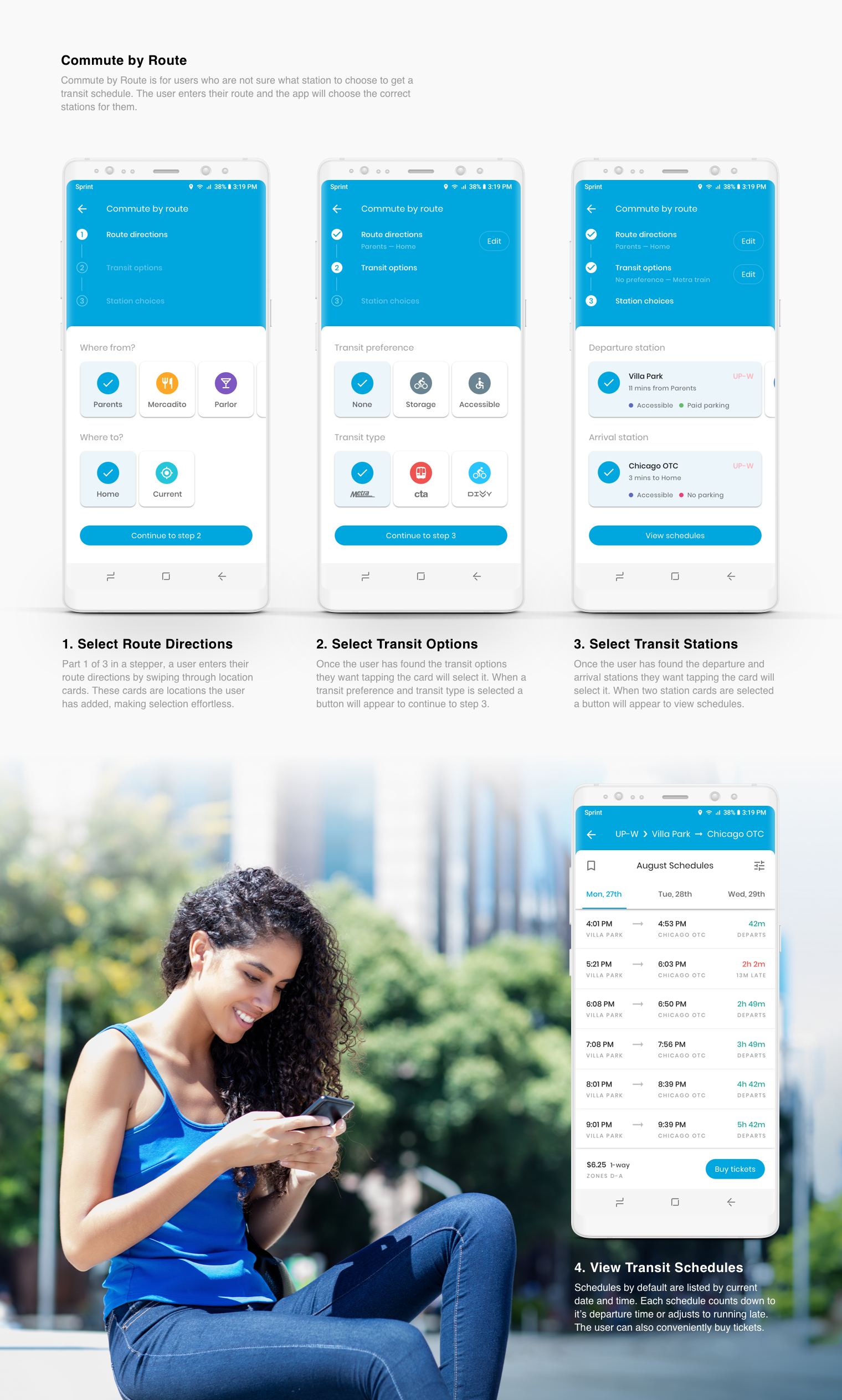



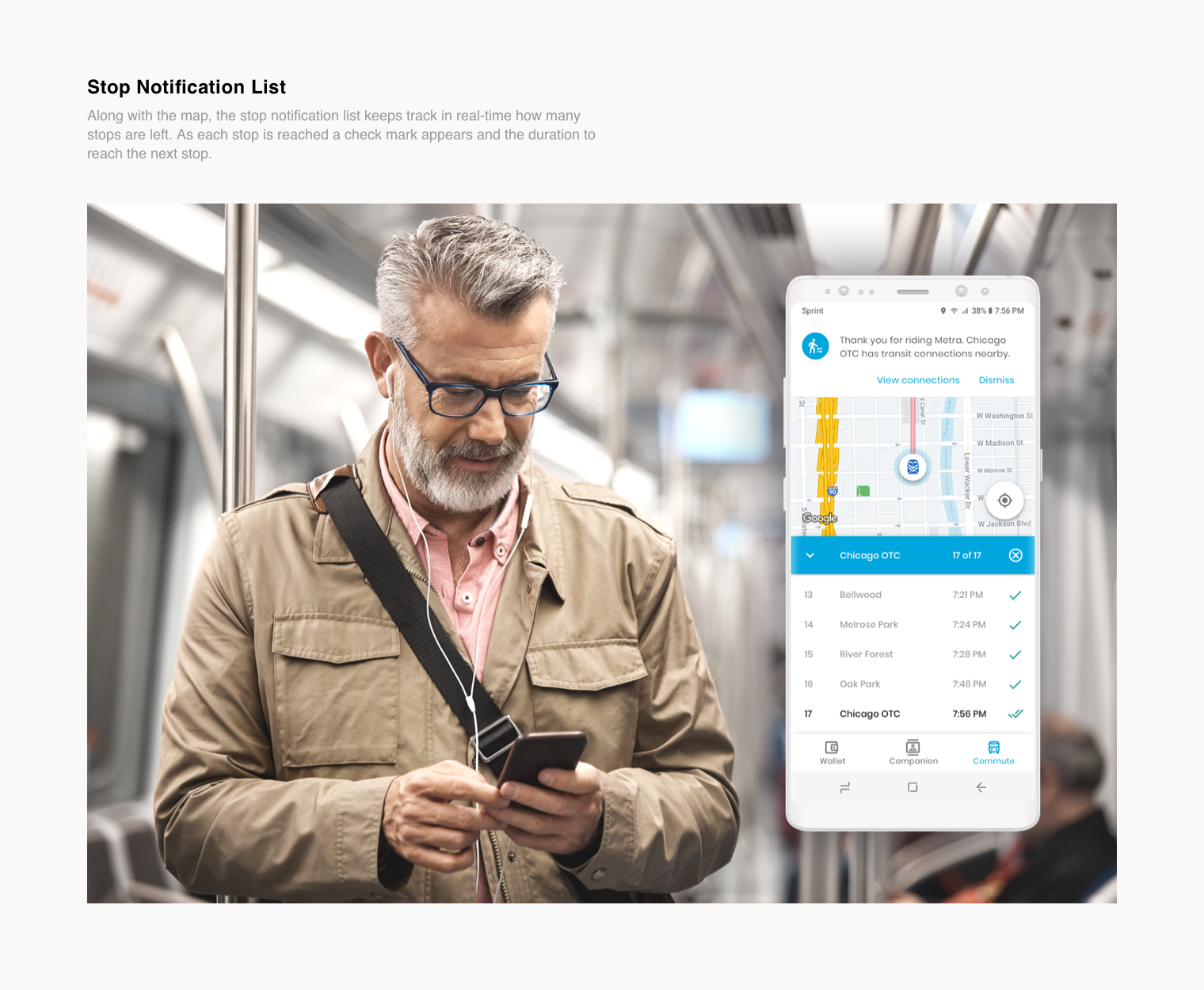
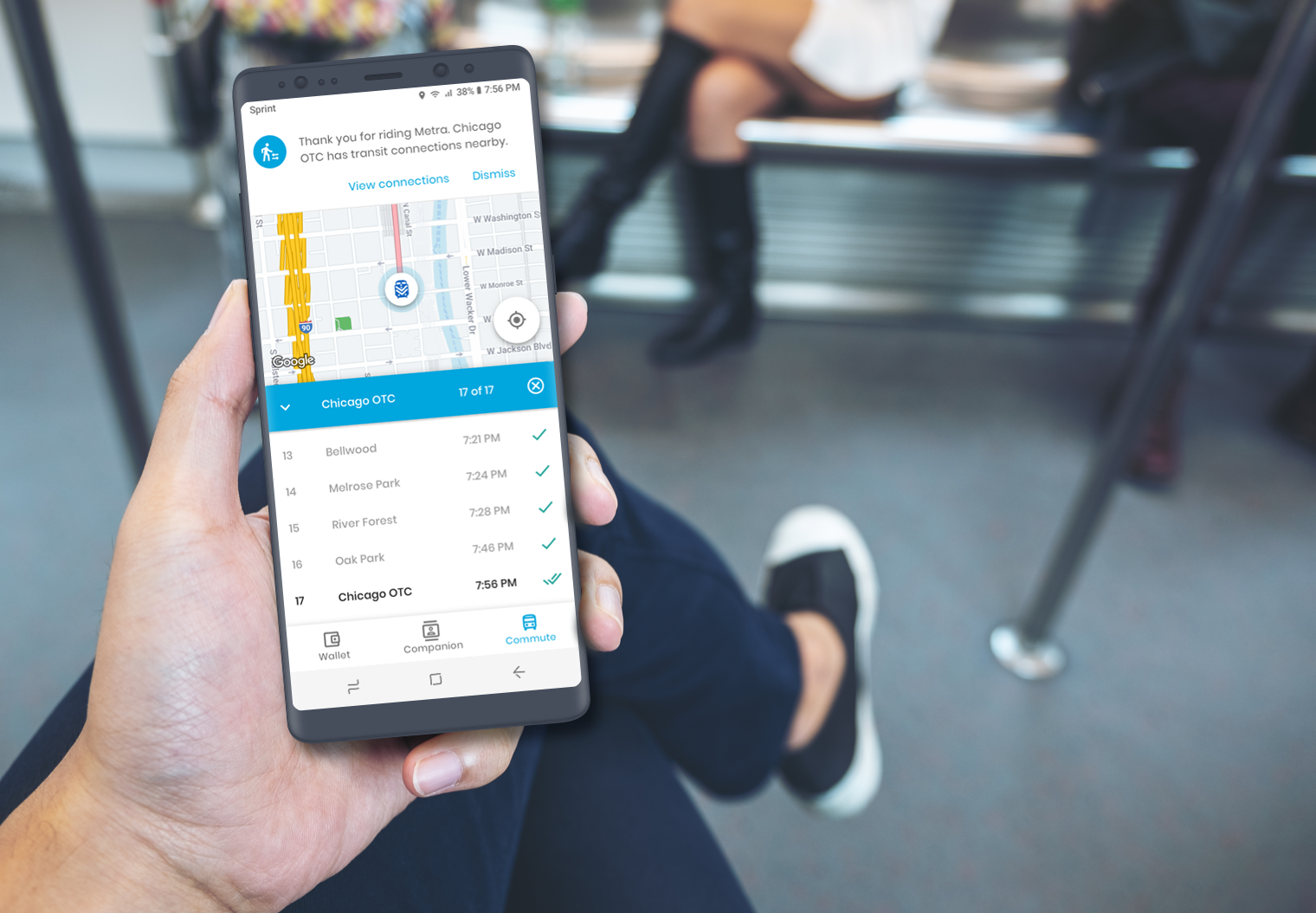
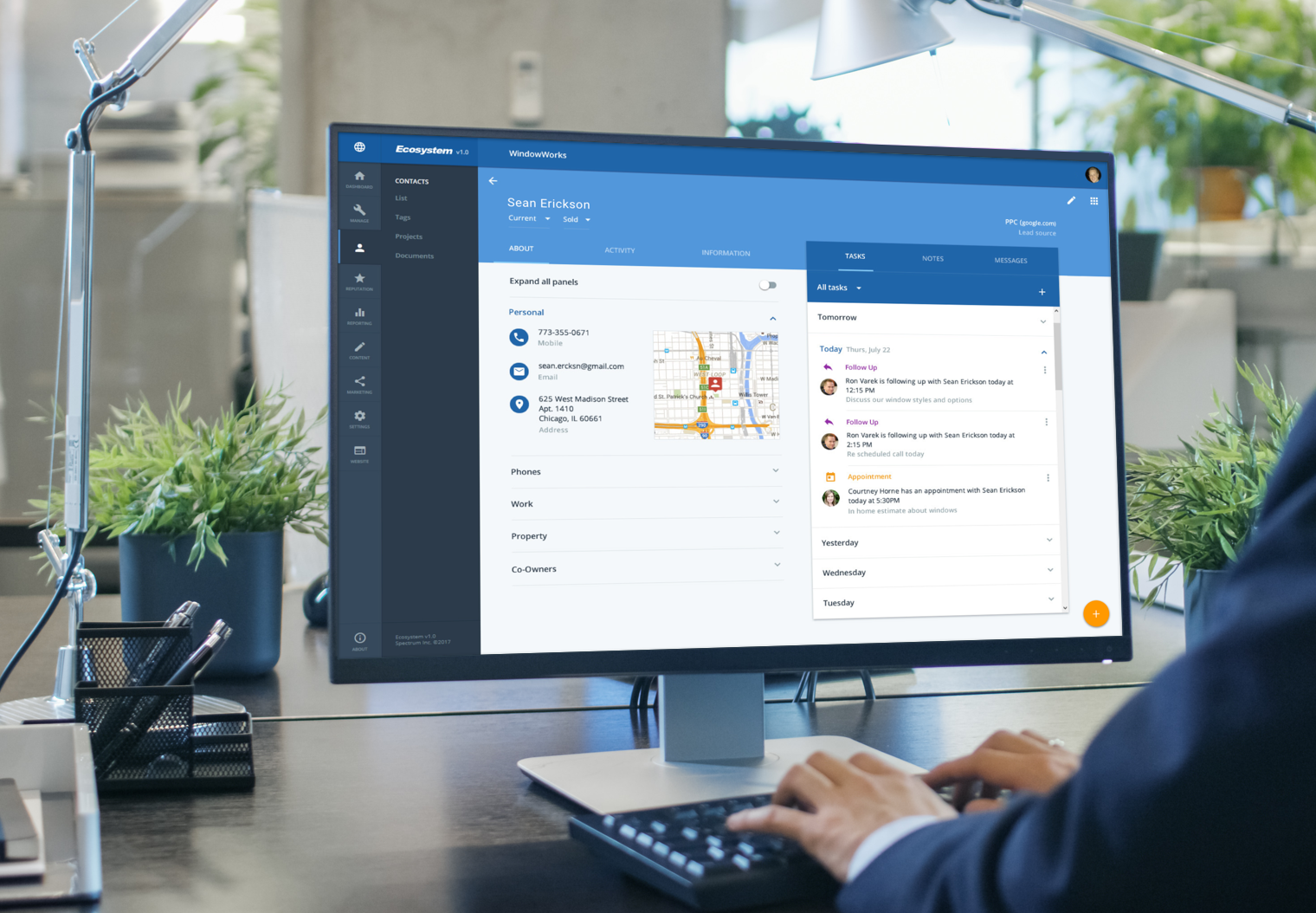
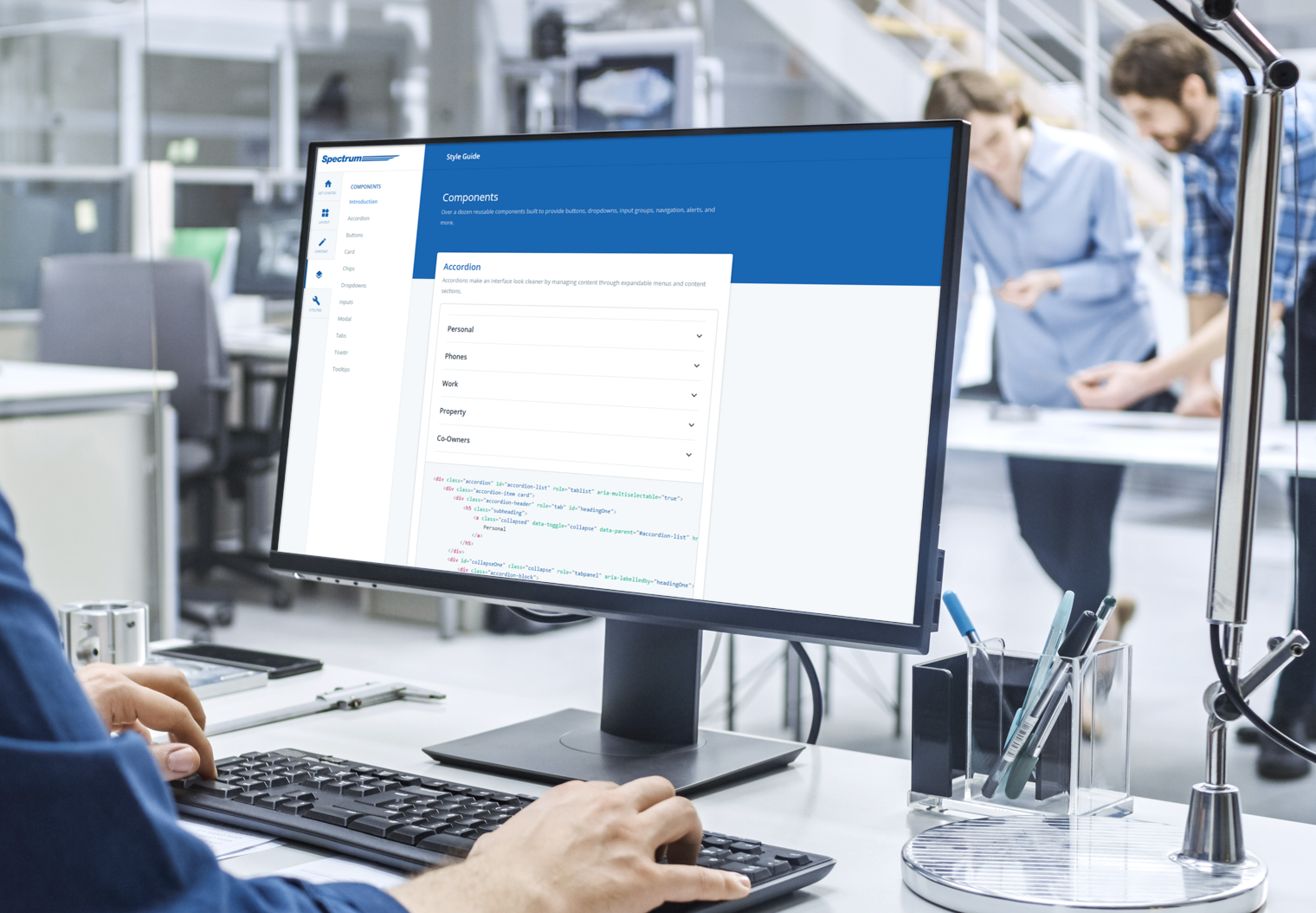
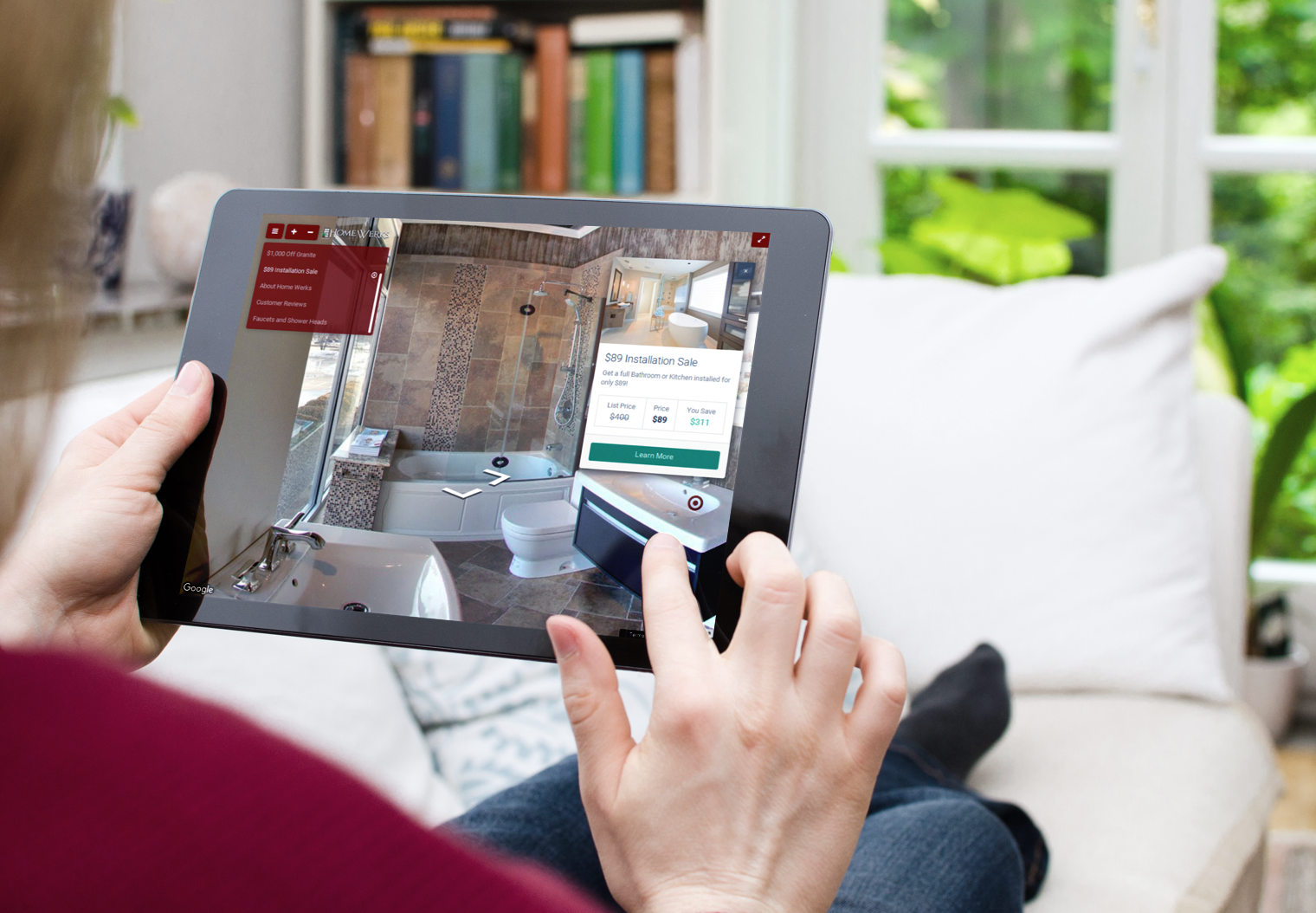
a. Recruiter interview
b. Hiring Manager interview
c. Product Manager interview
a. Design challenge
a. Design challenge presentation
b. Portfolio presentation
c. Whiteboard challenges
d. Design critiques
e. Technical interview
f. Cognitive interview
g. Behavioral interview
h. Culture fit interview
A whiteboard design challenge shows the interviewer how I approach a problem and how I’ll collaborate with their team by working with the interviewer to solve the problem together.
“9:30 AM ONE ON ONE Warren Buffett” by Stuart Isett for Fortune Live Media used under CC BY CC BY-ND 2.0